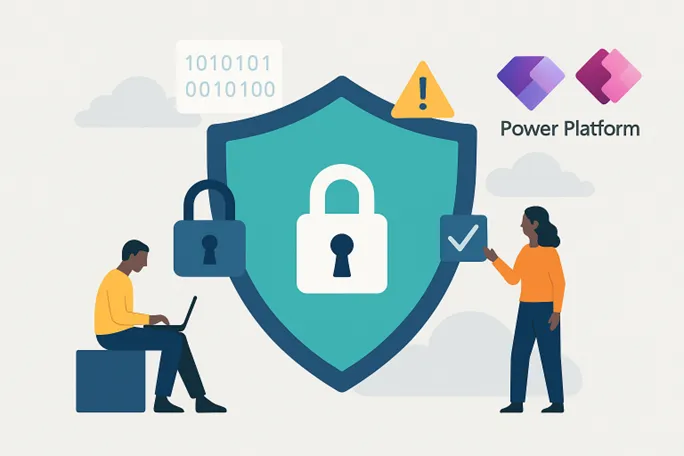
Use Case: Designing Security Guardrails for Low-Code/No-Code with Microsoft Power Platform
Introduction
Organizations are rapidly adopting low-code/no-code tools like Microsoft Power Platform to accelerate solution delivery, empower non-technical users, and reduce development overhead. However, the ease of app creation introduces risks — from data leakage to unmonitored external sharing, shadow IT, and compliance issues — if proper security guardrails aren’t established.
Objective
To define, document, and implement security guardrails that ensure an Organization's Microsoft Power Platform environments are secure, compliant, and scalable.
Implement security and governance controls for Power Platform that:
Prevent Shadow IT.
Enable safe governed use of low-code/no-code tools and minmize risk without stifling innovation
Align with regulatory compliance requirements.
Protect human and non-human identities
Empower IT and Security teams with visibility and control
Enable developers to build within safe boundaries
Skills Applied

Business Scenario
As a Security Analyst at Origngo Ltd, you are responsible for defining and documenting the security guardrails that ensure the organization’s Power Platform environments are secure, compliant, and scalable.
Task & Deliverables
Create a Pocket Guide - Designing Security Guardrails for Low-Code/No-Code (Power Platform): Learn the key principles, risks, and guardrails every org needs — plus a free runbook to implement them.
Additionally, it should demonstrate how to implement guardrails that enable innovation while reducing risk.
Create a security checklist and runbook that outlines how to securely set up, govern, and monitor Power Platform environments — aligning with both Microsoft best practices, prevent Shadow IT and regulatory compliance requirements.
The scope should cover foundational security elements such as environment strategy, DLP policies, RBAC, Privileged Identity Management (PIM), Conditional Access (CA), network restrictions, audit logging, and the protection of both human and non-human identities.

Regulatory Alignment Requirement
As part of your pocket guide, you must identify at least three regulatory frameworks that your proposed security guardrails align with, and reference the specific controls or requirements they address in a regulatory mapping table
This assignment will allow you to apply your knowledge in real-world security governance and contribute to a secure-by-design approach for Origngo’s low-code platform ecosystem.
